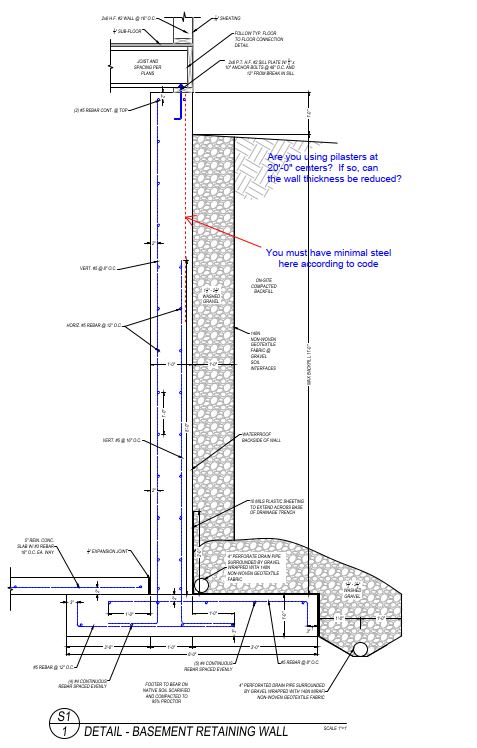JohnnyB_
Structural
- Feb 1, 2022
- 82
Hello -
I am designing a basement retaining wall that is 60' long by 13' tall. The home owner is adamant on providing two buttresses in the basement of the retaining wall. My question is, with addition of the buttresses, will a two-way slab action be created?
Thanks in advance.
I am designing a basement retaining wall that is 60' long by 13' tall. The home owner is adamant on providing two buttresses in the basement of the retaining wall. My question is, with addition of the buttresses, will a two-way slab action be created?
Thanks in advance.

